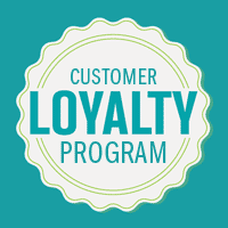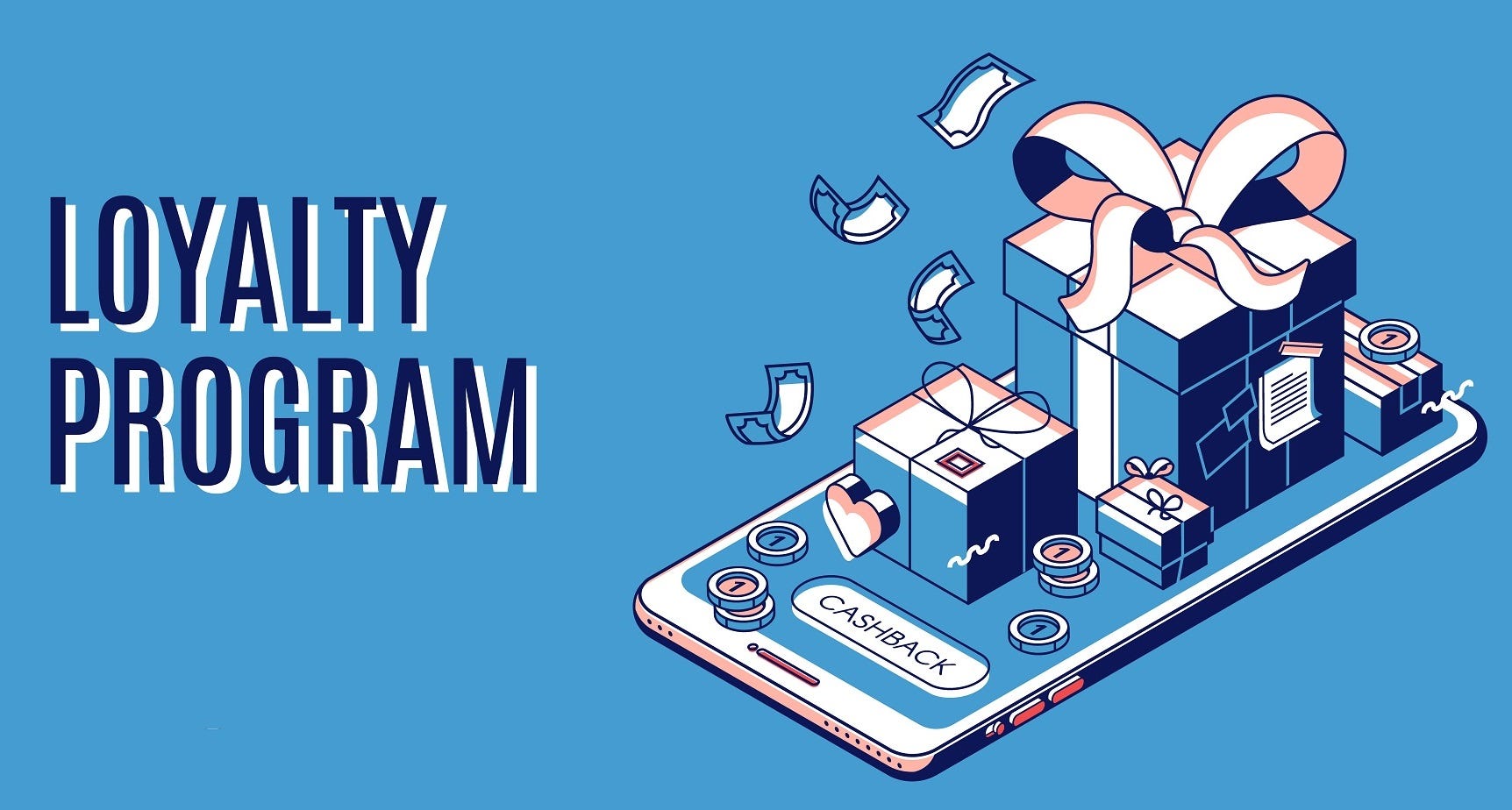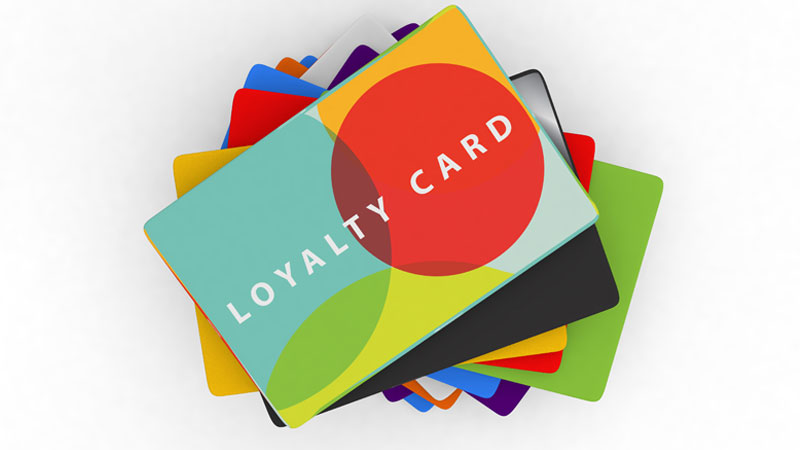All Categories
Featured
Table of Contents
In 46360, Atticus Cuevas and Gary Browning Learned About Marketing Tips

What if you could grow your organization without increasing your costs? In reality, what if you could really lower your spending but increase your sales, year after year? Would you do it? If you're a service owner, then you'll likely give a resounding 'yes', a basic response to an even easier concern.
A rewards program tracks and rewards certain costs behavior by the consumer, supplying unique benefits to devoted clients who continue to go shopping with a certain brand name. The more that the customer invests in the shop, the more advantages they get. In time, this incentive builds loyal clients out of an existing consumer base.

Even if you currently have a reward program in place, it's a good idea to dig in and totally comprehend what makes client loyalty programs work, as well as how to carry out one that costs you little cash and time. Don't stress, I'll help you with that. I'll break down the main advantages of a commitment program and the very best methods to produce faithful clients.
Let's dig in. Client loyalty is when a customer returns to work with your brand name over your competitors and is mainly influenced by the positive experiences that the customer has with your brand. The more positive the experience, the most likely they will go back to patronize you. Consumer loyalty is incredibly important to companies because it will assist you grow your business and sales faster than a simple marketing plan that concentrates on hiring new clients alone.
A couple of ways to determine consumer commitment include:. NPS tools either send out a brand name efficiency study by means of email or ask customers for feedback while they are going to a service's site. This info can then be utilized to much better understand the probability of customer commitment. A repurchase ratio determines the ratio of repeat purchasers versus one-time purchasers.
Consumer loyalty index (CLI). The CLI tracks consumer commitment gradually and is similar to an NPS study. However, it takes into consideration a couple of extra aspects on top of NPS like upselling and redeeming. These metrics are then utilized to evaluate brand loyalty. A client commitment program is a marketing method that rewards clients who make purchases and engage with the brand name on a continued basis.
Consumer rewards programs are developed to incentivize future purchases. This encourages them to continue working with your brand name. Customer loyalty programs can be established in various methods. A popular consumer commitment program benefits customers through a points system, which can then be invested in future purchases. Another type of client commitment program may reward them with member-exclusive advantages or complimentary presents, or it may even reward them by contributing money to a charity that you and your clients are mutually enthusiastic about.
In 29501, Kasey Hooper and Dennis Cisneros Learned About Vast Majority
By offering benefits to your customers for being loyal and helpful, you'll construct a relationship with them, deepening their relationship with your brand and hopefully making it less most likely for them to switch to a rival. You've most likely seen consumer commitment programs in your own shopping experience, whether at your favorite cafes or your most frequented supermarket.
However just since everybody is doing it doesn't indicate that's a sufficient factor for you to do it too. The better you understand the advantages of a client rewards program, the more clarity you will have as you develop one for your own store. You won't be distracted by amazing benefits and complicated commitment points systems.
Remember: work smarter, not harder. Consumer retention is the main advantage of a benefits program that acts as a foundation to all of the other benefits. As you offer rewards for your existing client base to continue to buy from your store, you will supply your store with a stable flow of money month after month.
By growing your retention rate, you can stop spending as much time or money on increasing your general number of consumers. Why is this essential? Loyal consumers have a greater conversion rate than new consumers, indicating they are more most likely to make a deal when they visit your shop than a brand-new customer.
By increasing your retention rate by just 5 percent, you can increase your profits by 25 percent and as much as by 95 percent. Needless to say, your retention rate matters. Secret Takeaway: If you desire to significantly increase your revenues, supply rewards for your existing consumers to continue to go shopping at your store.
And you will not have to invest money on marketing to get them there. Client acquisition (aka bringing in brand-new customers) takes a lot of effort and money to convince total strangers to trust your brand, pertained to your shop, and try your products. In the end, any cash earned by this brand-new client is overshadowed by all of the cash invested on getting them there.
Key Takeaway: If you wish to decrease spending, focus on consumer retention rather of client acquisition. When you focus on supplying a favorable personalized experience for your existing clients, they will naturally inform their family and friends about your brand name. And with each subsequent transaction, loyal clients will inform much more individuals per transaction.
In 46342, Efrain Huynh and Cristopher Rangel Learned About Social Media
The best part? Because these new consumers came from relied on sources, they are most likely to turn into loyal customers themselves, investing more on average than brand-new consumers brought in by other marketing efforts. The Chase Ultimate Rewards program, for example, uses significant benefits for people who travel a lot.
The 'supreme benefits' that Chase cardholders receive include 2x points per dollar invested in all travel purchases in addition to main rental car insurance coverage, no foreign deal charges, journey cancellation insurance, and purchase defense. For people who take a trip a lotand have disposable income to do sothere is a huge incentive to invest cash through the supreme rewards program.
This entire process makes redeeming rewards something worth extoling, which is precisely what lots of cardholders end up doing. And to help them do it, Chase provides a bonus offer for that too. Key Takeaway: Make it easy for your customers to extol you and they will get the word out about your shop for totally free.
As soon as you get the basics down, then using a commitment rewards app can assist look after the technical information. Here are the steps to get going with developing your consumer loyalty program. No client wants to buy items they don't want or require. The exact same goes for your loyalty program.
And the only way to tailor an irresistible client loyalty program is by thoroughly knowing your consumer base. The very best method to do this? By carrying out these techniques: Develop customer contact info any place possible. Ensure your service is continuously constructing a comprehensive contact list that permits you to access existing customers as often and as quickly as possible.

Track customer habits. Know what your consumers desire and when they want it. In doing so, you can expect their desires and requires and offer them with a loyalty program that will satisfy them. Classify consumer personal qualities and preferences. Take a multi-faceted technique, don't limit your loyalty program to just one avenue of success.
Motivate social networks engagement. Frame techniques to engage with your clients and target audience on social media. They will quickly offer you with extremely insightful feedback on your services and products, permitting you to much better comprehend what they get out of your brand name. When you have actually worked out who your customers are and why they are working with your brand, it's time to choose which type of commitment rewards program will encourage them to remain loyal to you.
In 7666, Taniyah Graham and Raiden Weber Learned About Online Community
However, the most typical consumer loyalty programs centralize around these main ideas: The points program. This kind of program concentrates on gratifying customers for every single purchase they make with points in a point system. These points can then either be used on future purchases or put towards some type of benefit.
The paid program. This kind of program requires clients to pay a one-time or annual cost to join your VIP list. Loyalty members who come from this list have the ability to gain access to distinct benefits or member-exclusive advantages. The charity program. This kind of program is a bit different than the others.
This is accomplished by motivating them to do business with the brand name and, in return, their commitment will be rewarded with a contribution to a charity. The tier program. This kind of program concentrates on increasing levels of brand name loyalty. The more devoted a consumer is to a brand name, the higher tier they will climb to and the better the benefits they will receive.
This type of program is simply as it sounds, where one brand name partners with another brand name to provide their cumulative audiences with unique member discounts or offers that they can redeem while working with either brand. The neighborhood program. This kind of program incentivizes brand commitment by offering its members with access to a like-minded neighborhood of individuals.
This kind of program is fairly similar to paid programs, nevertheless, the membership fee happens regularly instead of a one-time payment. Next, pick which customer interactions you want to reward. Base these rewards around which interactions benefit your service one of the most. For instance, to help your company out, you can use action-based benefits like these: Reward customers more when doing company with your brand during a sluggish duration of the year or on a notoriously sluggish day of service.
Reward clients for engaging with your brand name on social networks. Incentivize certain products you are trying to move quickly. Incentivize purchases that are over a specific dollar amount. The idea is to make your client commitment program as easy as possible for your clients to use. If your consumer loyalty program isn't personnel friendly, isn't easy to track, is too pricey to run, or isn't simple for your consumers to use or comprehend, then personnel and clients alike probably will not benefit from it.
To eliminate these barriers to entry, think about incorporating a customer loyalty software that will help you keep on top of all of these elements of your program. Some quality client program software application include:. CandyBar is a digital punch card program. It works by tracking your consumer's purchases through an app on a computer system, phone, or tablet.
In 7666, Sarah Ritter and Jaylin Love Learned About Marketing Tips
Loyalty members can then examine their benefits through text message and entrepreneur can utilize the program to call their customers. Yotpo. Yotpo is a cloud-based customer commitment platform exclusively for eCommerce companies. This software is especially proficient at gathering every type of user-generated material, useful for tailoring a much better customer experience.
Loopy Commitment is a helpful customer loyalty software application for businesses that predominantly utilize Google Wallet or Apple Pay as their payment platforms. The software creates a digital loyalty card that sends out push notices to their clients' phones when they remain in close distance to their brick and mortar store. When you have actually taken the time to choose which client commitment methods you are going to carry out, it's time to start promoting and signing up your very first loyalty members.
Use in-store advertisements, integrate call-to-actions on your site, send promotions through email newsletters, or upload advertising posts on social networks to get your clients to sign up with. It is very important to understand the primary advantages of a consumer rewards program so that you can develop a customized experience for both you and your consumer.
Consider it. You understand what sort of products your customers like to purchase however do you understand what brings them back, day after day, week after week? What makes them pick your shop over the store throughout the street? What makes them your consumer and not the client of your biggest rival? Remarkably, the responses to these questions do not come down to discount rates or quality products.
Table of Contents
Latest Posts
In Elkhart, IN, Quinn Hamilton and Nina Navarro Learned About Online Sales
In Lincoln Park, MI, Madilyn Bennett and Dominick Castillo Learned About Emotional Response
In Greenfield, IN, Damian Burch and Lainey Wiley Learned About Target Market
More
Latest Posts
In Elkhart, IN, Quinn Hamilton and Nina Navarro Learned About Online Sales
In Lincoln Park, MI, Madilyn Bennett and Dominick Castillo Learned About Emotional Response
In Greenfield, IN, Damian Burch and Lainey Wiley Learned About Target Market